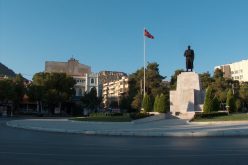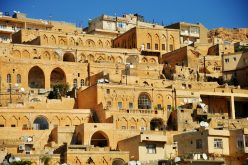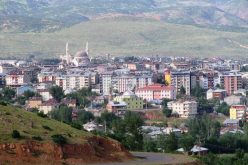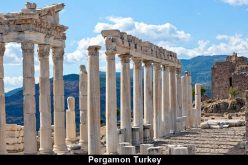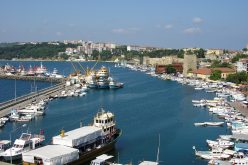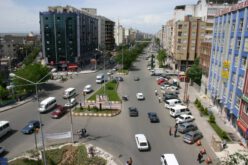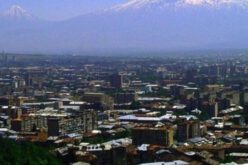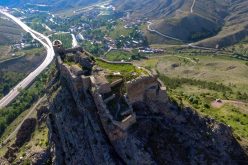Manisa
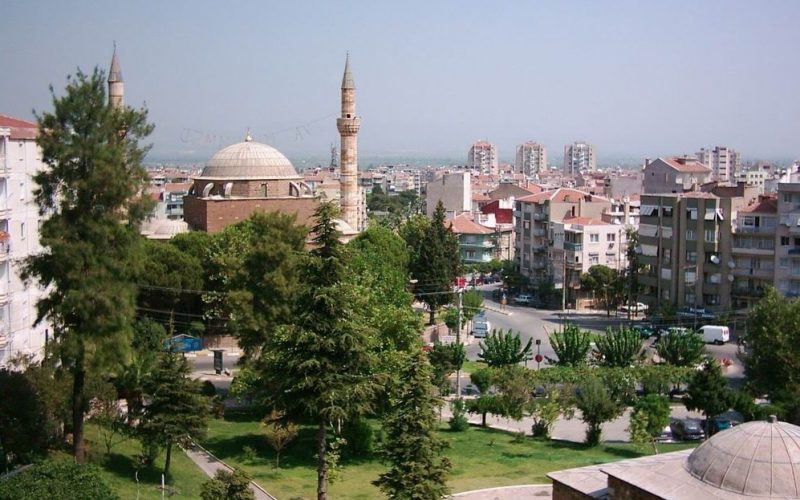
Manisa
The province of Manisa is located in Western Turkey between Spil Mountain and Gediz River and is at an important junction point for transportation of Aegean Region. Just east of the coastal city of Izmir over the Sabuncubeli Pass, Manisa was founded as Magnesia in 190 BCE. An important yet provincial centre during the Ottoman period, Manisa recently started to emerge as one of the industrial powerhouses of Turkish economy. The city is a developed agricultural, industrial and trade city.The foundation history descends to the BC 3000 years and the traces and remnants of Hittite,Frig, Lydia, Macedonian, Roman, Byzantine, Turkish States and Ottoman civilizations are found in the city. The intensified culture and art throughout the history and the crossing trade routes had made the province of Manisa an attractive and interesting holiday center with the rich cultural and natural beauties providing different holiday possibilities.
Places to Visit;
Goddess of Anatolia: Sculpture of Cybele in the southeast of Manisa have been so many civilizations and cultures, with different names. Although the sculpture was carved into the rock, at a height of 8-10 meters, many have been damaged by natural factors such as rock reliefs. Living outside the damaged part of the head and all the details can be seen the figures. Headgear at the beginning of the goddess, holds hands with her breasts and in a section head in the shape of a square on the right side, there are vague traces of four Hittite hieroglyphic inscriptions.
Museum of Manisa: Initially, the work in the area of the madrasah complex in Muradiye item is stored. Work schedule due to the proliferation of madrasah, part of the period at the initiative of local managers as a museum was opened on October 29, 1937. Insufficient remaining parts of the madrasah in 1972 after restoration work has been done with the archeological department of alms house, the ethnographic section is divided into madrasahs. Sardis, the capital of the Lydia kingdom since 1958 found in excavation works are exhibited here. In the Bronze Age Archaeology from the Byzantine period until the end of coffins, grave stones, mosaics, pottery, statues, busts, glass and ivory objects are exhibited. Also artifacts and mosaics involving Terms hall, ancient gold jewelry, silverware and play teams with samples of ancient times removed from Sardis, the Ottoman period, extending period of gold, silver and bronze coins, where the treasure room is a separate appeal has.
Museum is closed on Mondays and open 08:30-12:00 13:00-16:45 hours.
Phone : 0 236 2311071
Kula Kenan Evren Etnografya Müzesi: In the Kula district of Manisa. County home that the 7th President of Turkey, Kenan Evren was was born in has been expropriated and organized as Ethnography Museum. Current status of private museums are under the responsibility of the Municipality of Kula. Visitors are taken on municipal control Phone:0236311000 Price : For free.
Kula Houses: In history, “Burns Country” Kula-called traditional architectural structure, which can maintain till today is one of the original settlement. The houses in this city, with great structure and a large portion of time spent at home by women who are prepared.
Manisa Citadel: Manisa in the south of the Spil Mountain to the north slopes of the castle which term is done in a certain information or that, surrounding the water in 17 AD in the earthquake have been destroyed and the Roman Emperor Tiberius time again is supposed to. Engravings from the existing ruins of travel inscription, at one time seemed to be quite a magnificent structure, castle-like pentagonal plan because the fund among the people “Sandikkale” is called. A part of the city walls and towers of the worn, albeit still quite pronounced.
Yogurtcu Kalesi: Manisa up to 20 miles away. Although archaeological excavations have not yet, are very strong on the structure of the Byzantine, or even down to the Roman period is likely.
Mevlevihane: With the aim of spreading the Mevlevi and live Saruhan Bey in 1368 was built by the grandson of Isaac Chalabi. The building at the foot Spil until the end of the XIX. century was used by the Mevlevi, then abandoned to his own.
Spil Mountain National Park: 1969 was declared National Park. 1571 meters high. temperature is 10-15 degrees less in the city than the peak.
The Temple: In the upper plains of Toptepe, probably at the end of the AD 11th century had been built in a grand manner. During excavations, the stone block foundation, with only some fringe blocks and column pieces of marble have been uncovered. Over the years, has been a great destruction.
St. Jean Church: MS VI. Adopted on the century Ionnes (St. John) Church, on the monumental buildings of ancient cities, is one of Philadelhphia. In approximately 1600 square meters is now preserved in the three pillars of the church, was at least six pillars. Approximately 11 meters in diameter which had been carrying two large domes.
Hermokapelia (Büknüs): Today, at the location of Büknüs, the west of Akhisar. Hermokapeleia, was due terms of administrative justice in Pergamon Convetus in the Roman period , the emperor Caracalla after it was made Thyateira a new Convetus center mounted there. Hermokapeleia to have Kataikia, meaning “military colonies” shows that relatively large city then a part of the village during the Roman period.
Hierakomei (Beyoba): Which is a town just south of Akhisar Beyoba’nin founded the famous Temple of Artemis, the ancient city-is Persikia. BC 1st century, important enough to print their own money, this city, was the era of Augustus, was the state of a site with an urban management. Pergamon Assembly Church in the Byzantine period were included. Also included a Hierakles list.
Hyrcanis (Alibeyli): Alibeyli Scythian origin, and in the excavations in the vicinity of three character works. War of Magnesia between the Romans passed Seljuks region is almost here in BC 190 years.
Julia Gordos (Gördes): Gördes is located near the modern settlement. Here was the old city of Gördes. Are now abandoned. Not see any residue on the surface. Knowledge of coins and words of ancient writers has emerged. The past, “Julia Gordos” normally go up to a starting Sardis was the ancient way. In the middle of this road, “Daldis Castle” had. Also there had been a way to come from Thyateira. The history of this city goes to the Hellenistic period. City, the Episcopal center in late antiquity has been.




